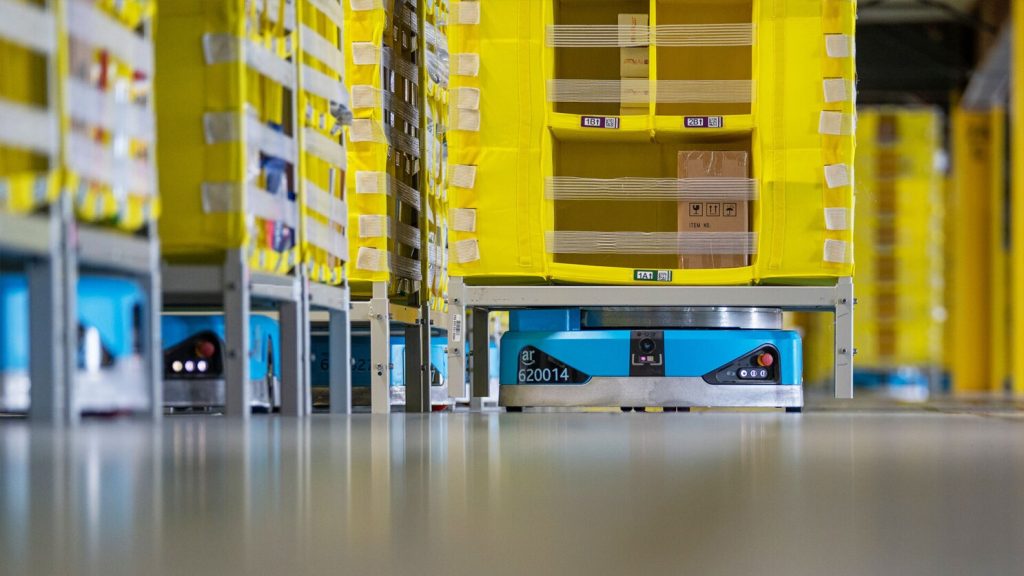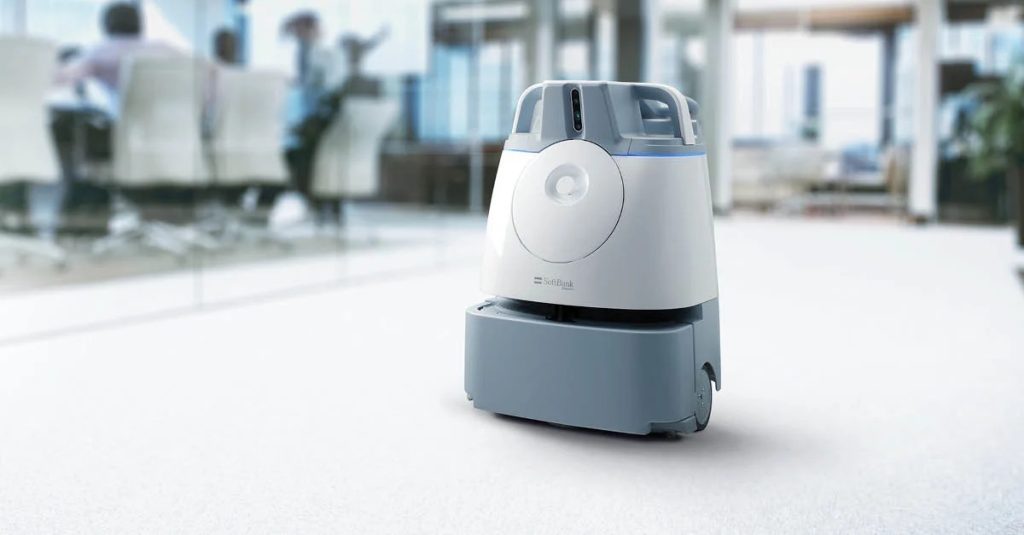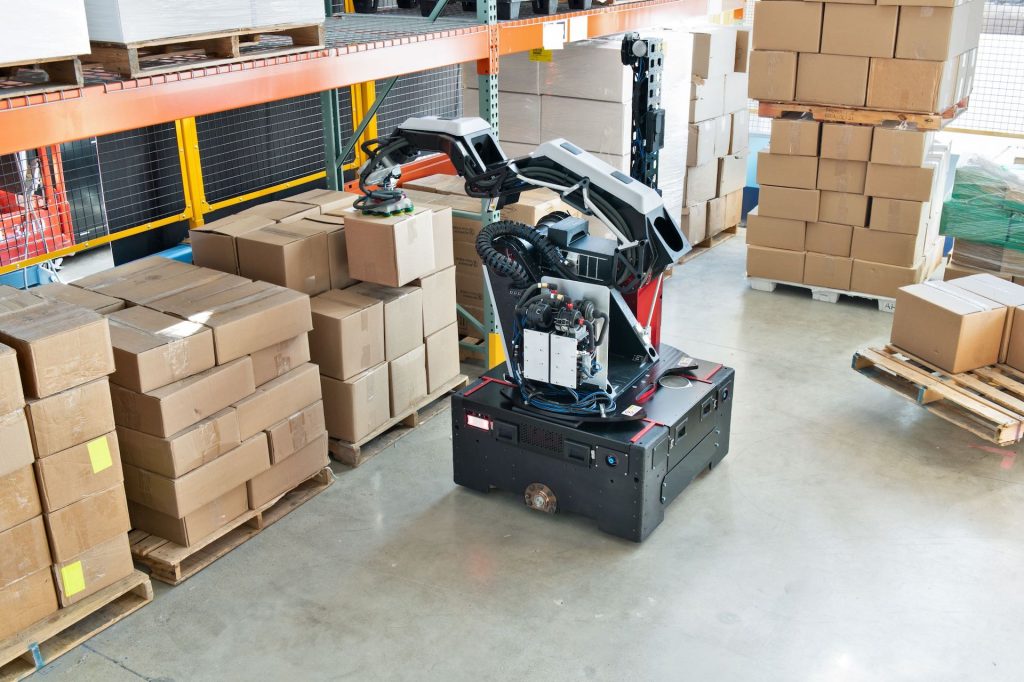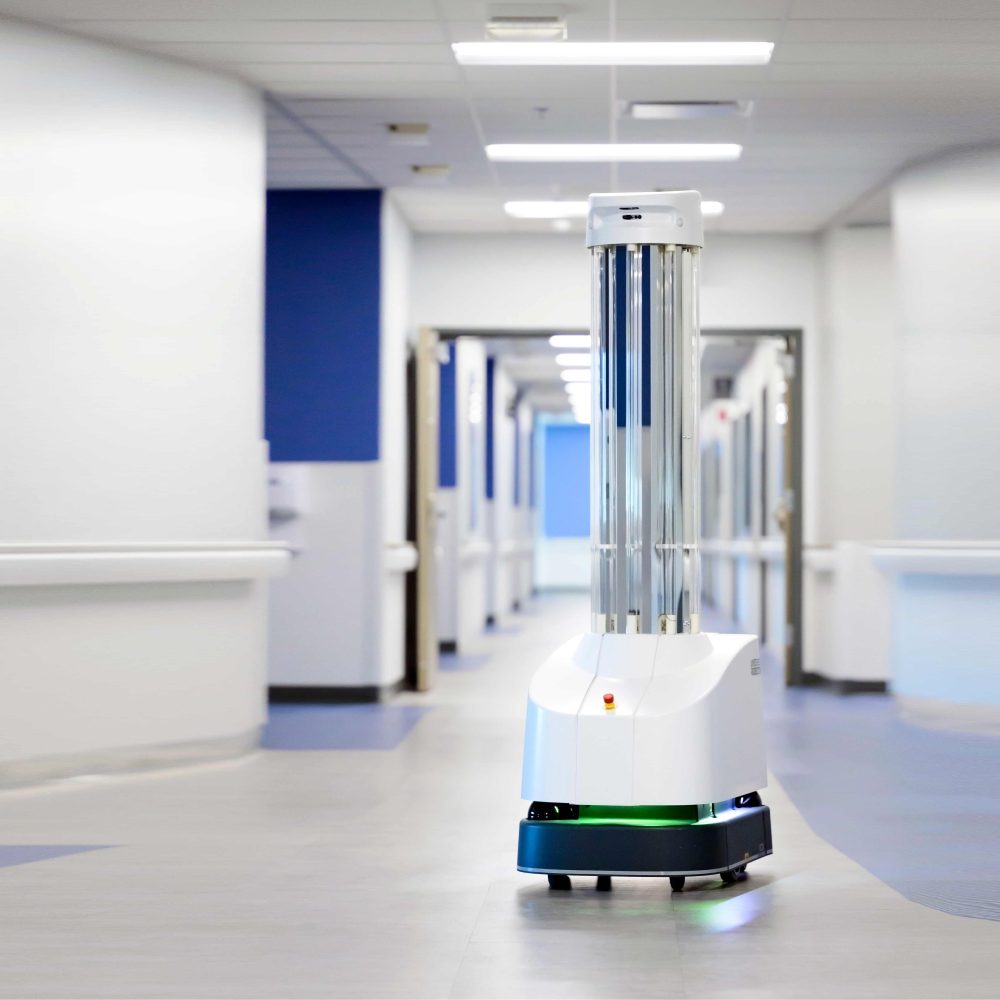Consumers may be itching for the day when they will be able to go into a store and have a Wall-E look-a-like guide them through a retail outlet bestowing product information and grabbing things off shelves. But, for now, this type of retail experience is still a pipe dream. The reality of robots being used in a retail setting isn’t quite so glamorous.
Current use cases for robots are extremely diverse, ranging from autonomous delivery to inventory management, stocking, customer fulfillment, and cleaning. As a result, while consumer-facing robots do exist it’s hard to classify them as anything more than a novelty for the time being – the last time I saw a customer-facing robot it was delivering drinks at a revolving sushi restaurant.
As cool as it is to have R2D2 serving drinks, it isn’t quite revolutionizing the retail experience in a manner that is likely to trigger sustained market growth. However, according to research firm Coherent Market Insights, the global retail robot market is projected to grow from $7 billion to $55 billion by 2028. The true robots driving this market growth come on the back end of the retail process, conducting inventory, stocking, and other important tasks in a warehouse or distribution setting.

Retail giants such as Walmart, Amazon, and Target have been using robots to streamline the fulfillment process as far back as 2012 when Amazon acquired the robotics company Kiva. At the moment, Amazon employs a network of over 520,000 robots, which operate in diverse environments from sorting centers to air hubs. The company has also just released its first fully autonomous robot named Proteus, which is designed to move around heavy packages. The company believes that Proteus will be one of the first autonomous robots able to operate concurrently in the same physical space as people due to its ability to detect and avoid objects.
Walmart on the other hand has partnered with warehouse robotics firm Symbotic to feature the company’s automation technology in all 42 of Walmart’s regional distribution centers. The retrofitting of these centers may take as long as eight years to complete, but upon completion, you’ll likely be able to see a fleet of up to 1000 robots sorting merchandise across ten levels of aisles.
Considering that most independent retailers may not possess the hundreds of millions needed to keep up with the massive investments being made by big-box stores, navigating the world of retail robotics can be daunting. To help, we’ve put together a list of the most pertinent use cases and products currently in the sector.
Cleaning
Having a spotless show floor is key to attracting customers and making them feel confident spending time and money in your store. Moreover, the worst days of the COVID-19 pandemic are behind us, but that doesn’t mean having a potential COVID outbreak at a retail outlet or warehouse doesn’t still carry the means to significantly hamper productivity.
Two autonomous solutions on the market that stand out for their efficiency and thoroughness are Whiz from SoftBank Robotics and the UV-C disinfection robot from UVD Robots. Despite being designed with cleaning in mind, the Whiz and the UV-C disinfection robot have little in common.

The Whiz, an autonomous vacuum sweeper, cleans up to 15,000 square feet on a single charge and is designed to operate around foot traffic and other obstacles. These advanced capabilities, powered by the BrainOS system from Brain Corp., make the autonomous vacuum a great candidate for operational display in a retail setting during business hours.
Daiei, a Japanese grocery chain, was one of the first retailers to feature the robot prominently during business hours. As of July 2021, the company used the Whiz at 79 of its locations across Japan. In an interview with Aric Rindfleisch from the University of Illinois Champaign, Maki Totani, Kanto District Director of Sales Planning for Daiei elaborated on the company’s reasons for adopting the Whiz saying, “Due to limited staff, our stores needed help with cleaning and sterilization. Also, there is a limit to what can be achieved by humans. This is where the robot became useful.” She went on to say, “We first demonstrated the Whiz in a store during business hours, which became the initial trigger. In addition to being an effective cleaning system, we believe that the unique appearance of the Whiz has a futuristic vibe.”
On the other hand, the UV-C disinfection robot from UVD Robots is designed to be used only after hours. That’s because it emits UV-C light with wavelengths of 254 nm, which according to the FDA can cause “eye injury and burn-like skin reactions” with direct exposure. However, while it may be best not to look at the robot while it’s emitting light, the robot kills 99.9 percent of viruses, fungi, mold, and bacteria that may be present both in the air and on surfaces.
Autonomous Delivery

Up to this point, the world of robotic deliveries has been contained largely to groceries or other types of food. That’s because the most efficient autonomous deliveries are done via drone or some other type of micro vehicle that can only handle packages up to a certain size and weight. Such restrictions have typically made this type of last-mile service inaccessible in CE retail. But wouldn’t customers love it if you, the retailer, could deliver their new gaming monitor, TV, soundbar, or floor speakers using an autonomous vehicle?
Standing 61 inches tall with a 98-inch chassis, the CLEVON 1 is large enough to make autonomous deliveries available to CE retailers. An autonomous EV designed to simplify last-mile delivery, the CLEVON 1 is already operational on streets in Europe and has traveled nearly 12,000 miles on public roads. The CLEVON 1 utilizes a unique combination of fast service area mapping, telesupervision and autonomous driving capabilities that allow the robot to map out a new geographic area while immediately delivering service to customers. The CLEVON 1 is available now in the U.S. market.
Inventory Management
There is nothing more annoying to a customer than getting to a store only to find that the desired product is out of stock or not on the shelf. Inventory issues are almost always present in a retail setting. You can field a team of the most attentive employees and chances are high that mistakes will inevitably be made.
This is where the Effective Retail Intelligent Scanner (ERIS) from ADAPTA Robotics comes into the picture. Using high-resolution cameras and depth sensors, ERIS captures images of your shelves and runs them through an AI algorithm, which according to the company features a custom-developed neuro network that instantaneously “identifies price tag inconsistencies, determines on-shelf availability and issues out-of-stock warnings.” The device is also equipped with printers to rapidly replace faulty price labels.

Warehousing
As we mentioned at the beginning of this article, the main sector of the retail industry where robots have the potential to add significant value is in warehouses and distribution centers. In these settings, robots can drastically increase efficiency by unloading trucks and organizing shelves – essentially playing a massive game of Tetris with inventory.
Made available for commercial purchase in March of 2022, Stretch from Boston Dynamics is a great example of how robots can protect workers by automating labor-intensive or potentially dangerous tasks. The mobile robot is designed to unload floor-loaded trailers and containers and can handle packages weighing up to 50 pounds. Equipped with a vacuum gripper and a vision system that can detect its surroundings, Stretch can make decisions in real-time such as detecting and recovering packages that have fallen over during transport.
Early adopters of Stretch include DHL Supply Chain, Gap and H&M. The robot can operate for up to 16 hours on just one charge and is a scalable solution that can be operational within a few days of delivery. On the product, Robert Playter, CEO of Boston Dynamics, said in the company’s press release: “Many of our early adopter customers have already committed to deploying the robot at scale, so we are excited Stretch will soon be put to work more broadly, helping retailers and logistics companies handle the continued surging demand for goods.”















